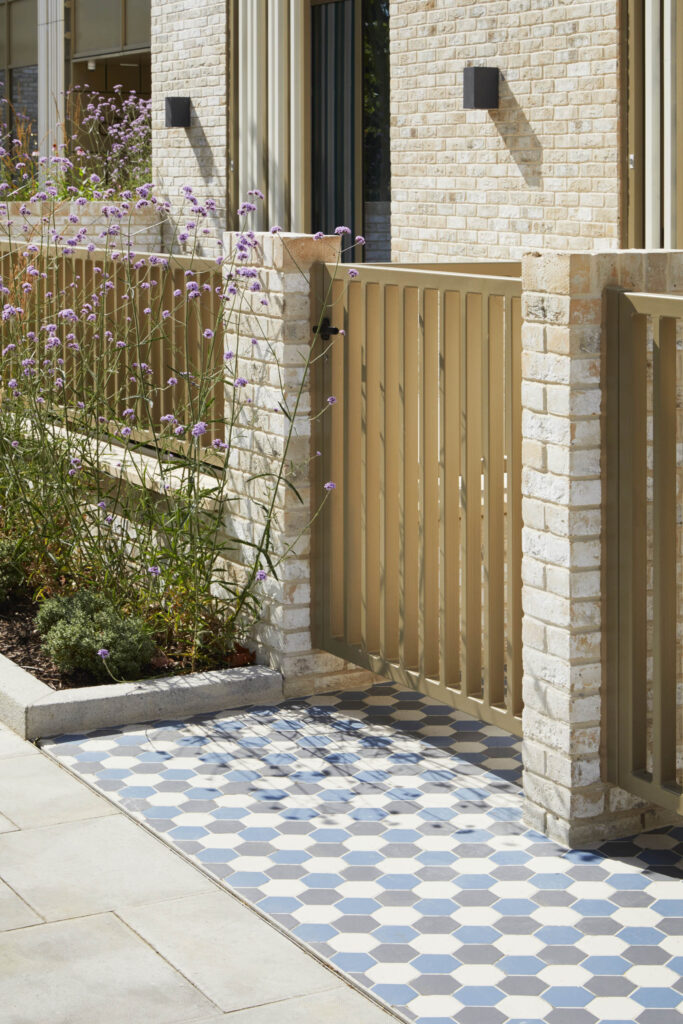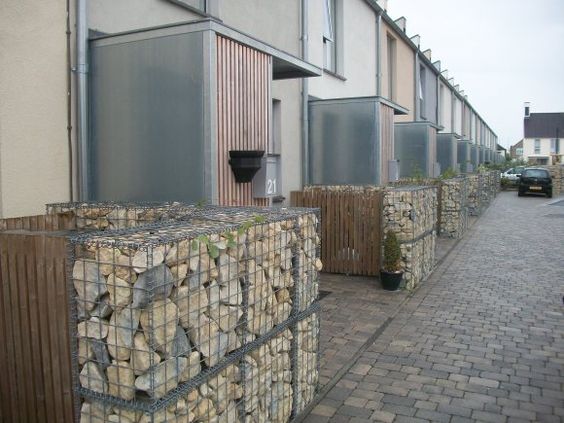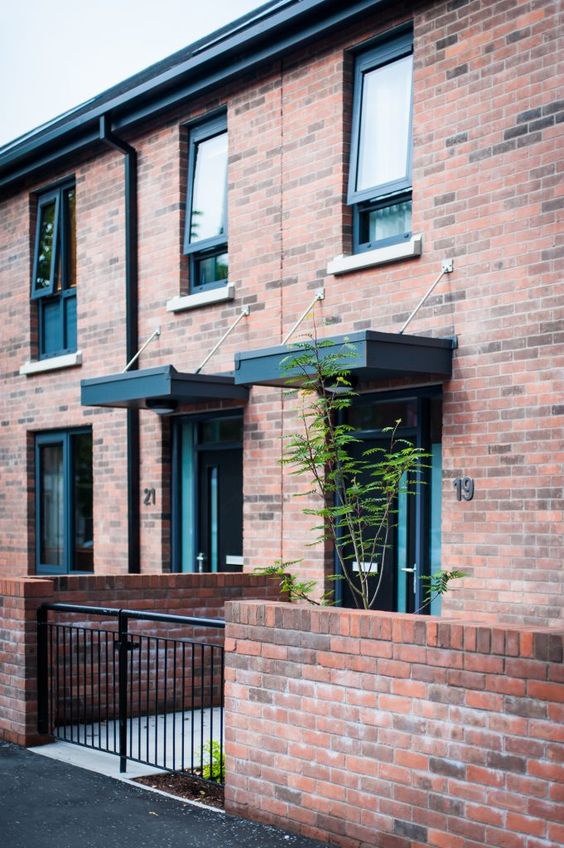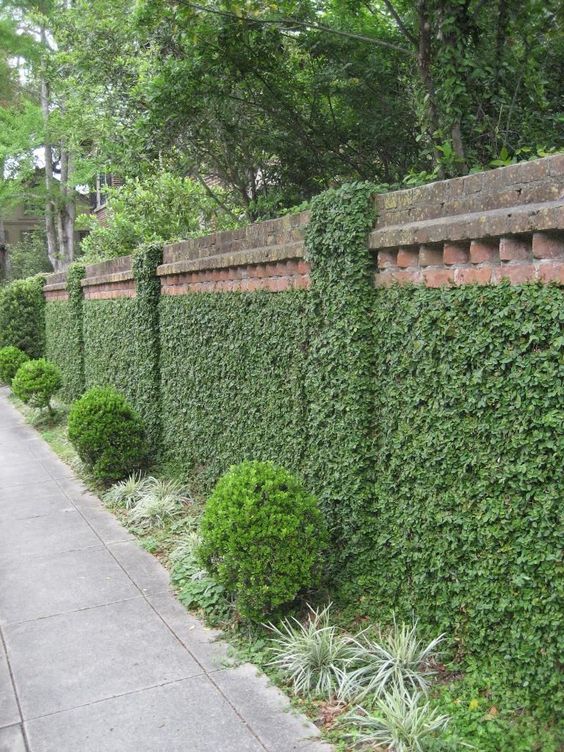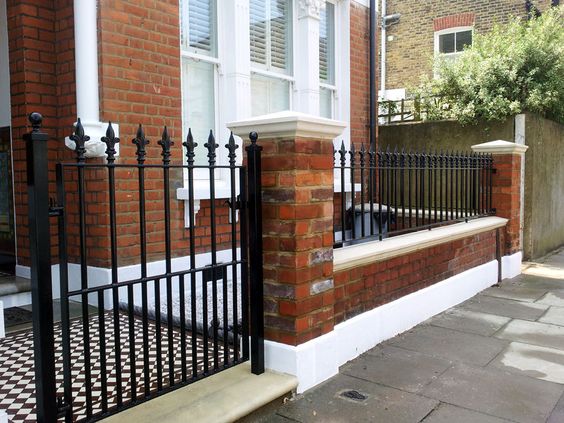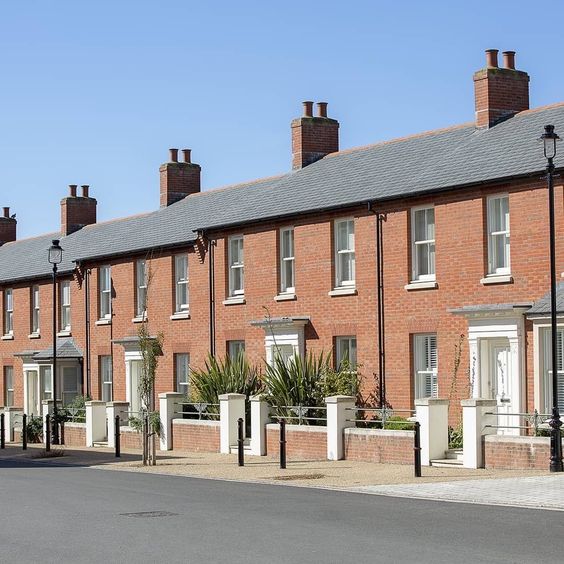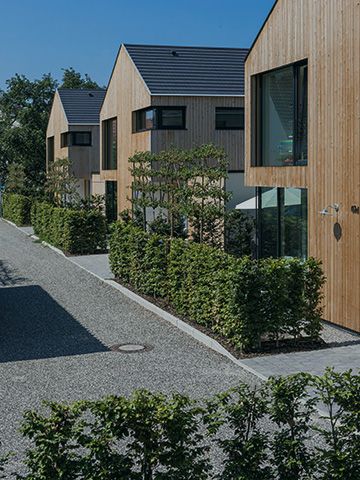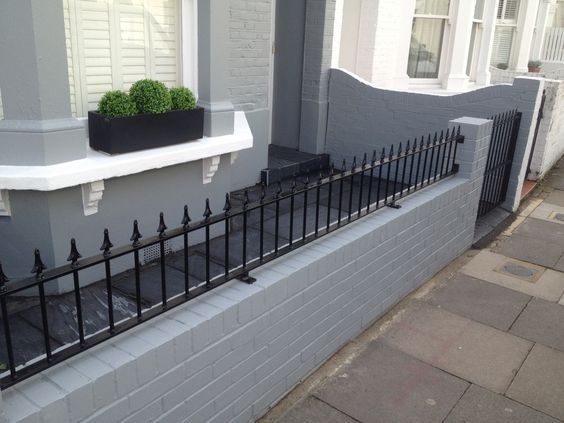COMPLIANCE STATEMENT
Project Details
Form and Profile
Setting and Context Design Cues
The form and profile of all housing has not been influenced by the contextThe context includes the immediate surroundings of the site, the neighbourhood in which it sits and the wider setting. The context may include the physical surroundings of topography, movement patterns and infrastructure, built form and uses. An understanding of the context, history and character of an area must influence the siting and design of new development. More and setting
Justification: There is no strong precedent of good housing form in the area so the decision was taken to create a new form and profile in this project
Housing Types
The housing types included are: Terraced houses, Semi-detached houses, Detached houses
Recessed and Projecting Elements
Recessed or projecting elements are not used to create interesting elevations and a street rhythmTypical urban patterns and characteristics which are evident in a street scene. This may include the massing and proportion of buildings and building elements, the quality and type of street frontages, and the quality and types of public spaces. More
Justification: We have created an aesthetic using a flat elevation as feel it works well with the street form. Rhythm is instead created using a repeated roof type
Roof Types
The housing roof types included are: Pitched roof, Flat roof
Justification why flat roof types are proposed: There are some flat roof types to provide an alternative to the pitched. Where used they have green roofs planted
Plan and Layout
Dual Aspect Dwellings
Not all houses are dual aspectDual aspect houses or apartments have been designed to have [openable] windows on two or more walls, allowing for increased levels of natural daylight, sunlight and cross ventilation. More
Justification: Some houses are built back-to-back due to the tight entrance constraints, meaning we could not achieve dual aspectDual aspect houses or apartments have been designed to have [openable] windows on two or more walls, allowing for increased levels of natural daylight, sunlight and cross ventilation. More on all dwellings. Only 4 of the total 85 houses are not dual aspectDual aspect houses or apartments have been designed to have [openable] windows on two or more walls, allowing for increased levels of natural daylight, sunlight and cross ventilation. More
Daylight Levels
Explanation how good levels of daylight, ventilation and privacy are provided to habitable roomsAny room used or intended to be used for sleeping, cooking, living or eating purposes. More and the kitchen Larger than average windows are used on all north elevations and where necessary, internal layouts have been altered to ensure good levels of light to habitable roomsAny room used or intended to be used for sleeping, cooking, living or eating purposes. More
Limiting Noise Transmittance
Description of any measures to mitigate noise transmittance included in the design: Party walls have extra levels of insulation
Living Spaces
For houses with 3 or more bedrooms, two or more living spacesLiving spaces can comprise dining rooms, lounges, kitchens, children’s play areas, offices, libraries, recreational spaces. These rooms should be adequate size, well-lit and connected to the house. A kitchen combined with another use such as lounge / diner, will be considered a living space. More have been provided
Working from Home
Adequate space has not been provided in homes to facilitate for working from home
Justification: There was not space in the affordable 2 bedroom houses to provide a separate so exta seating space in kitchen is provided
Internal Partitions
Internal partitions are non-load bearing and allow for re-configuration into other arrangements
Cleaning and Maintenance
Adequate space has been provided for safe cleaning and maintenance of individual properties
Accessibility
Building Regulations M4(2) Category 2
All new homes are not designed to meet Building Regulations M4(2) Category 2: 'Accessible and Adaptable Dwellings'
Justification: we do not feel this is required at this stage
Building Regulations M4(2) Category 3
All new homes are not designed to meet Building Regulations M4(2) Category 3: 'Accessible and Adaptable Dwellings'
Accessible Footways
All footways approaching housing entrances have not been designed to be accessible
Justification: We can not achieve the acceptable slope levels to all entrances due to the sites terrain
Accessible Parking
Car parking is provided within the curilage of the house boundary
Not all in-curtilage parking spaces are accessible and there is no accessible footway from space to entrance
Justification: Again, some slopes are steep and we've had to use steps. Handrails will be provided to steps as per regulations

